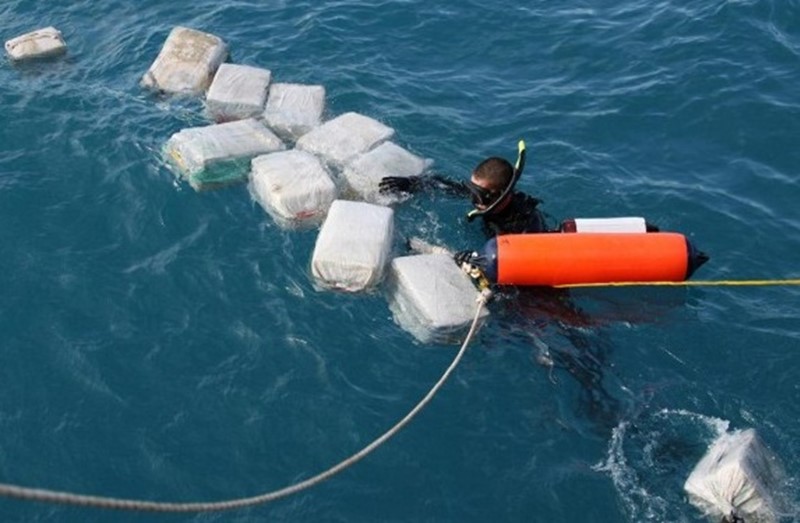
William Brownfield, a top US State Department official, has predicted that the Caribbean is likely to see a surge in drug-trafficking activity by 2015 as operations out of Central America dwindle due to an international crackdown.
Brownfield, assistant secretary of state for international narcotics and law enforcement, said he believes drug traffickers squeezed out of Mexico, Central America and South America will target the Caribbean because it's spacious and allows them to remain undercover and take advantage of weak law enforcement in certain countries.
"We're dealing with 14 different countries spread across a large area," he said. "Drug traffickers are looking for very vulnerable holes."
The State Department official was speaking on Wednesday during a visit to Puerto Rico, where he met with local and federal authorities to talk in part about the Caribbean Basin Security Initiative, which aims to boost regional security with US funding aid.
In the upcoming fiscal year, Congress has allocated US$40 million for the programme. The new funds will be available by August and distributed after the top priorities are identified, according to Brownfield.
While a group of US agencies and Caribbean governments decide how the money will be spent, the State Department official supports using the funds to build regional programmes and centres that would benefit all Caribbean nations.
He would like to see the establishment of a police training centre, a maritime training centre possibly based in Puerto Rico and an aviation centre featuring four to six helicopters that could be stationed across the region, targeting popular drug-trafficking routes.
Brownfield also favours the idea of a Caribbean-based communication interceptions centre aimed at uncovering how illegal money and drugs are being moved. He nevertheless noted that establishing such a centre could prove difficult because its operations might not be legal in certain Caribbean nations.
Funds disbursed in the past have gone toward building a regional centre in Barbados for exchanging ballistics information, and another centre for identifying and processing fingerprints.
The Caribbean made up about five percent of the cocaine reaching the United States in 2010, jumping to eight percent in the past year, and is estimated to escalate to 10 percent this year, according to the US Drug Enforcement Administration.
Officials estimate that six percent alone is shipped through the Dominican Republic.
Cocaine use has dropped in the United States, but has skyrocketed in Brazil, Argentina and Western Europe. The new demand means traffickers are shipping drugs across the Atlantic into West Africa and then north into Europe, Brownfield said.


